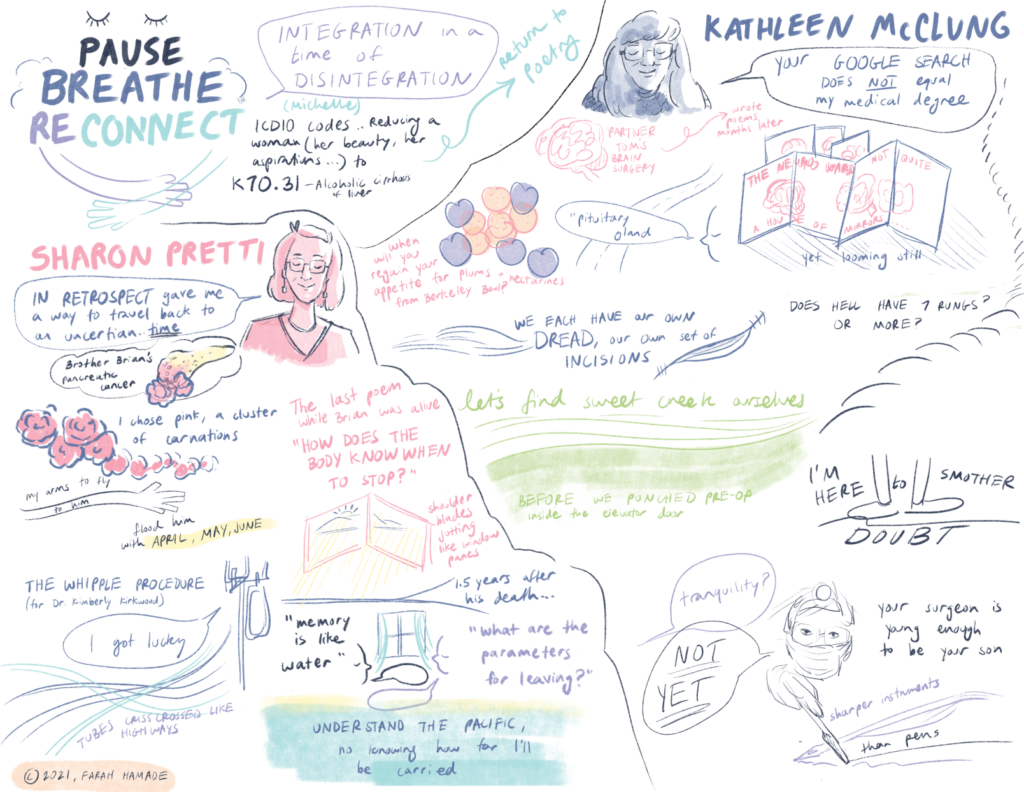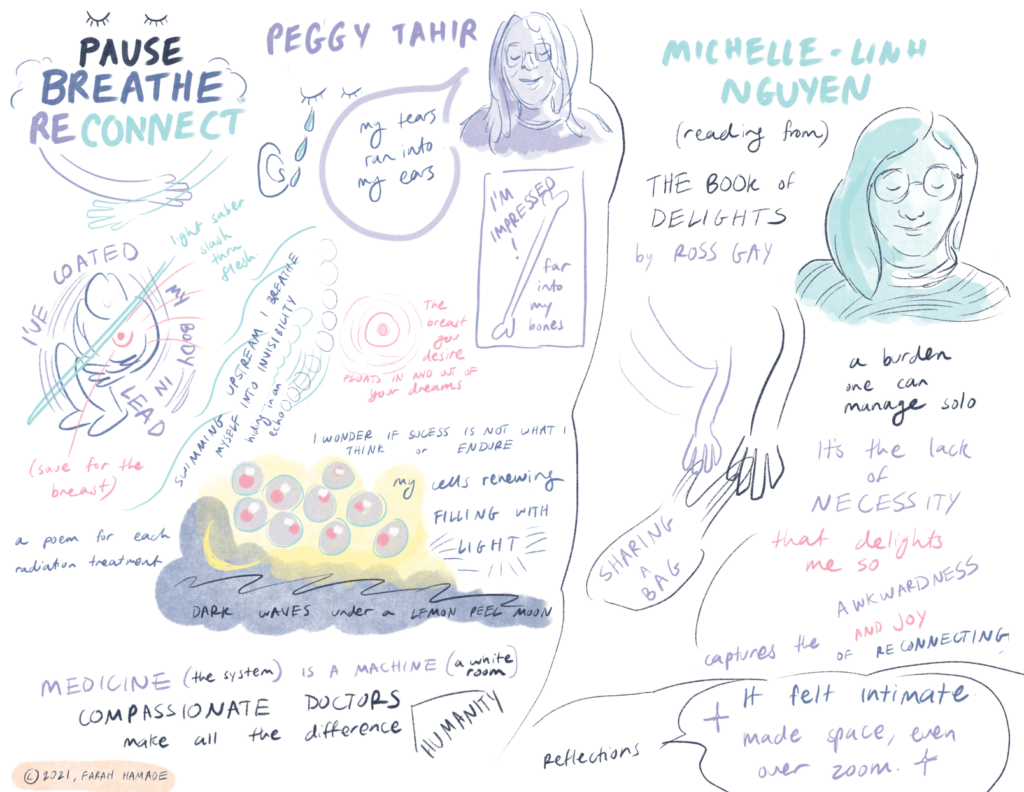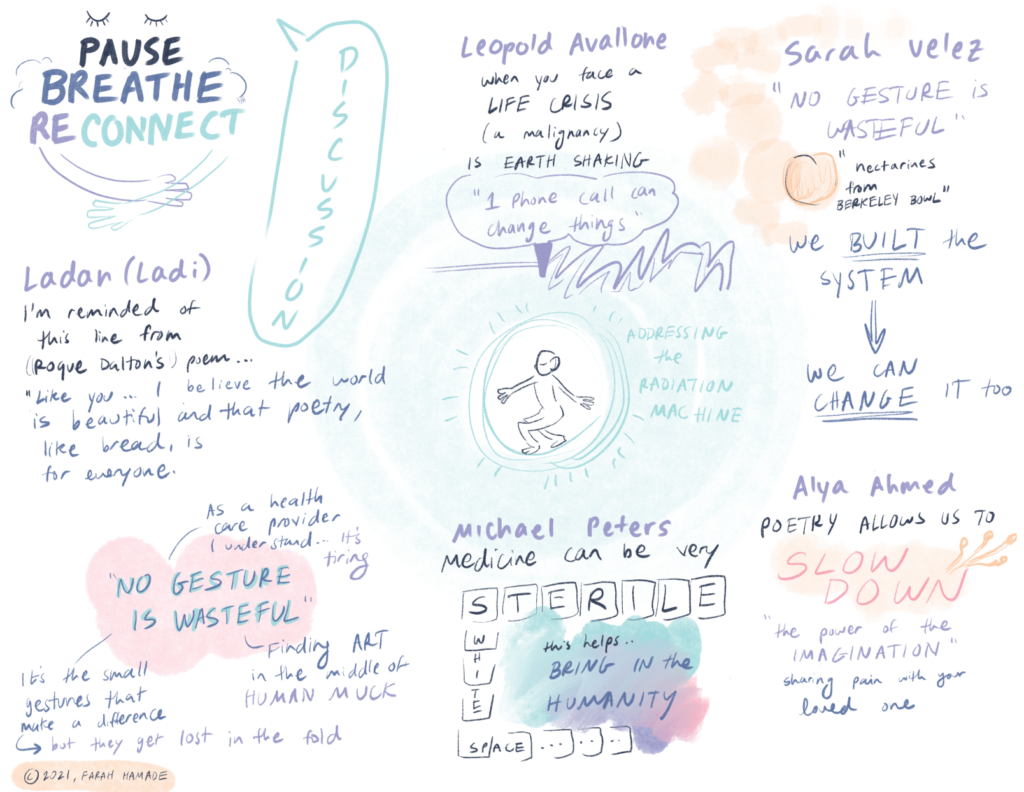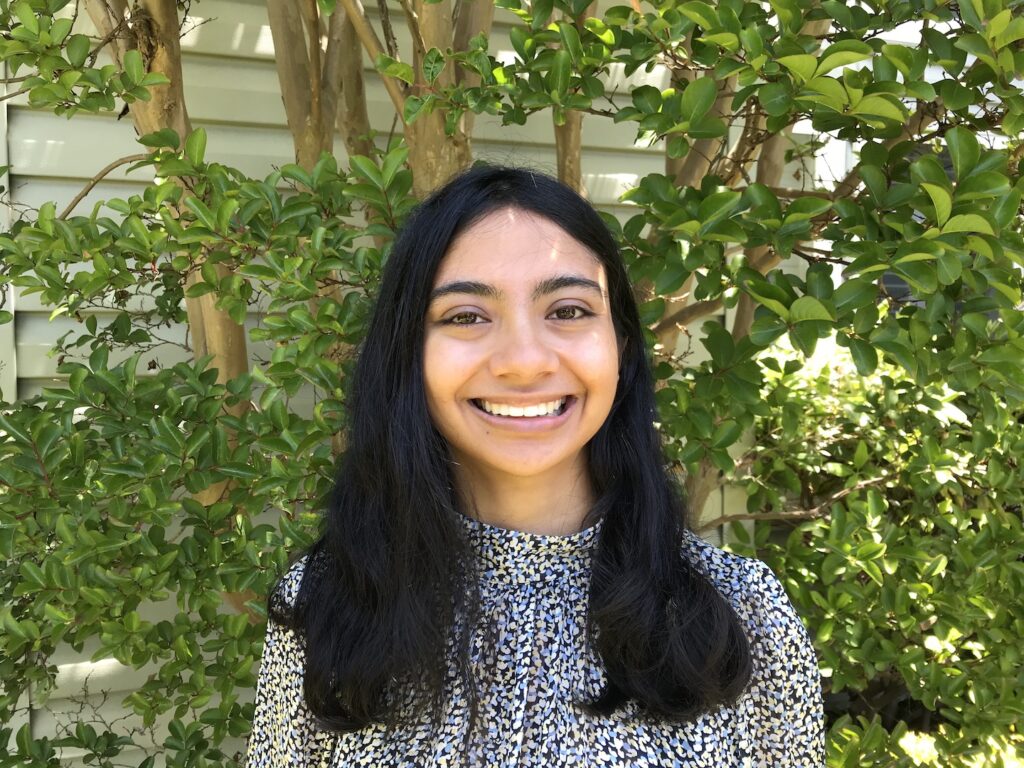This is a guest post by Rhea Misra, PhD Candidate, UCSF Biomedical Sciences (BMS) Program
In reading “The Black Politics of Eugenics,” I learned about how eugenics was not initially a negative concept. Eugenics relates to the idea of human improvement through reproduction and understanding hereditary. It has been associated with Nazi doctrine; however, Nuriddin brings up in the article that, at one point, eugenics was embraced by marginalized communities to combat scientific racism and improve racial equality. The idea that marginalized communities would embrace eugenics to combat scientific racism, reminds me how slurs and negative concepts are reclaimed by these same communities that are harmed by such things to bring about improvement or change. This article also made me reflect on if eugenics, in the modern times, could ever have a positive association? I am not sure I have an answer to that. On one hand and thinking about the research I conduct, genomic editing tools such as using CRISPR or AAVs to make changes to genome have become commonplace. Because of the inherent nature of these genetic tools, do they fall under the category of eugenics? They have been used to treat diseases. In a previous course, I had met a patient who had undergone gene therapy to treat his hemophilia, and now no longer requires blood transfusions. But on the other hand, gene editing tools have been used in some cases to make cosmetic edits. The whole idea of human improvement in eugenics comes with deeming certain traits better than the other; thus, marginalizing certain groups of people. Because of the inherent “othering” that comes with eugenics, I can understand how it quickly turned into a negative concept utilized to uphold a racist system rather than breaking it down.









